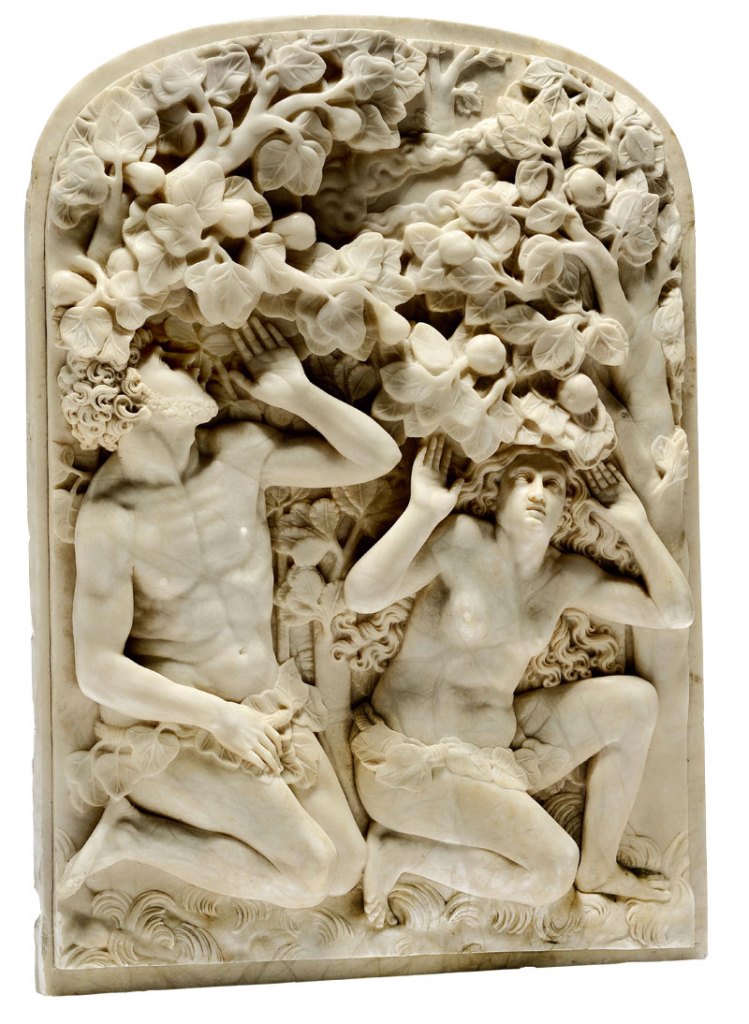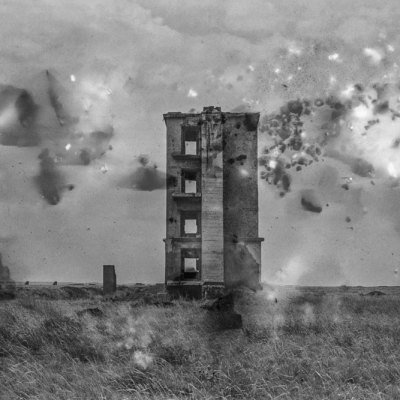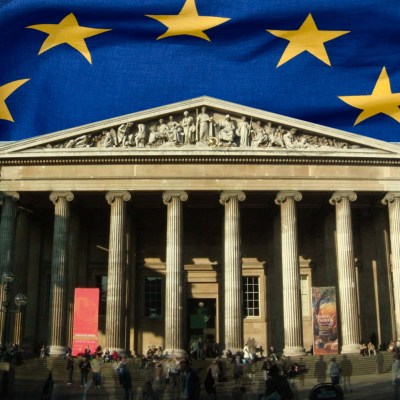New highlights every day from TEFAF Maastricht
Adam and Eve in Paradise
(c. 1614–20), Leonhard Kern
Laue’s catalogue refers to Kern as the German Giambologna, and certainly the sculptor returned from four years in Italy in 1614 with a keen appreciation for the work of the Italian masters, which he adapted – as he did Northern sculpture – in an original manner. This relief is believed to date to the years before he settled in Schwäbisch Hall in 1620. The onset of the Thirty Years’ War made large-scale commissions rare, and Kern specialised in smaller, portable collectors’ pieces in a range of materials.
This virtuoso carving in alabaster is typical of his naturalistic and monumental style, evident even on this scale. Terrified of the wrath of God, Adam and Eve cower under the branches of an apple and a fig tree, Adam covering his groin with fig leaves to hide his new-found shame. Kern appears to have been fascinated by the idea of the Fall of Man, revisiting this motif throughout his career.
Selected by Susan Moore.



